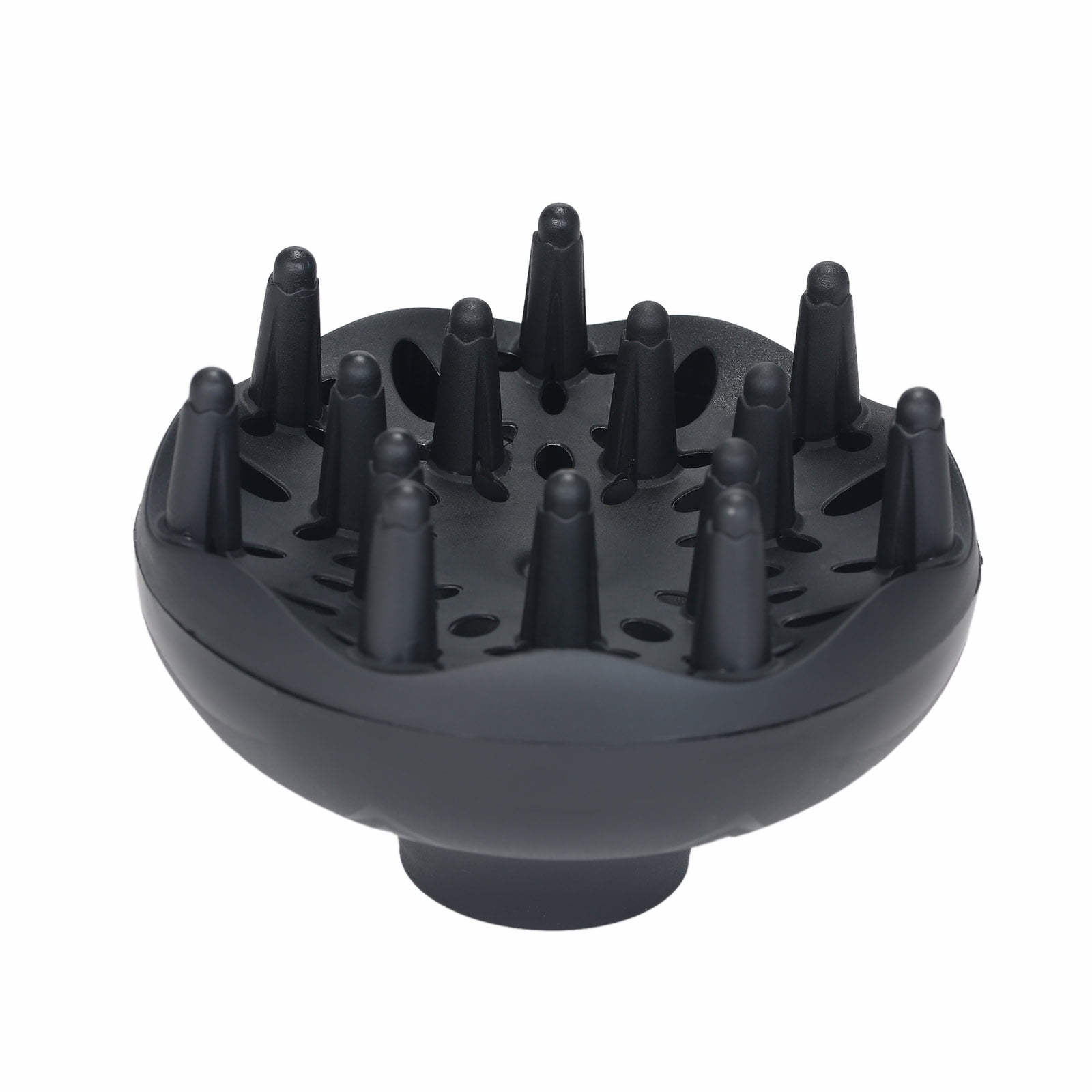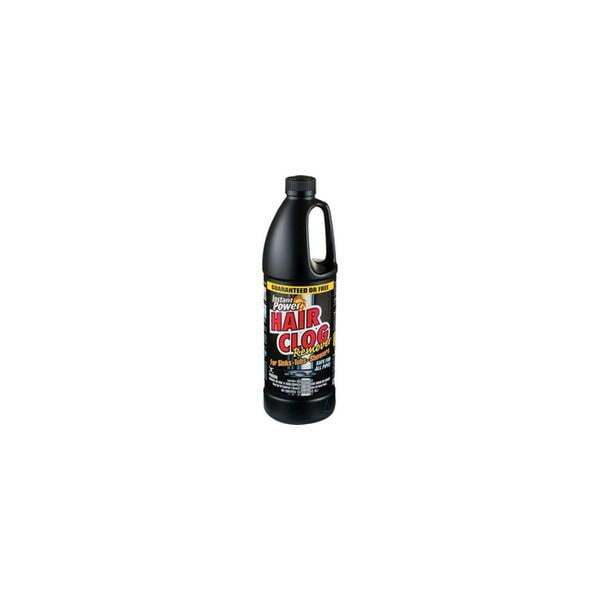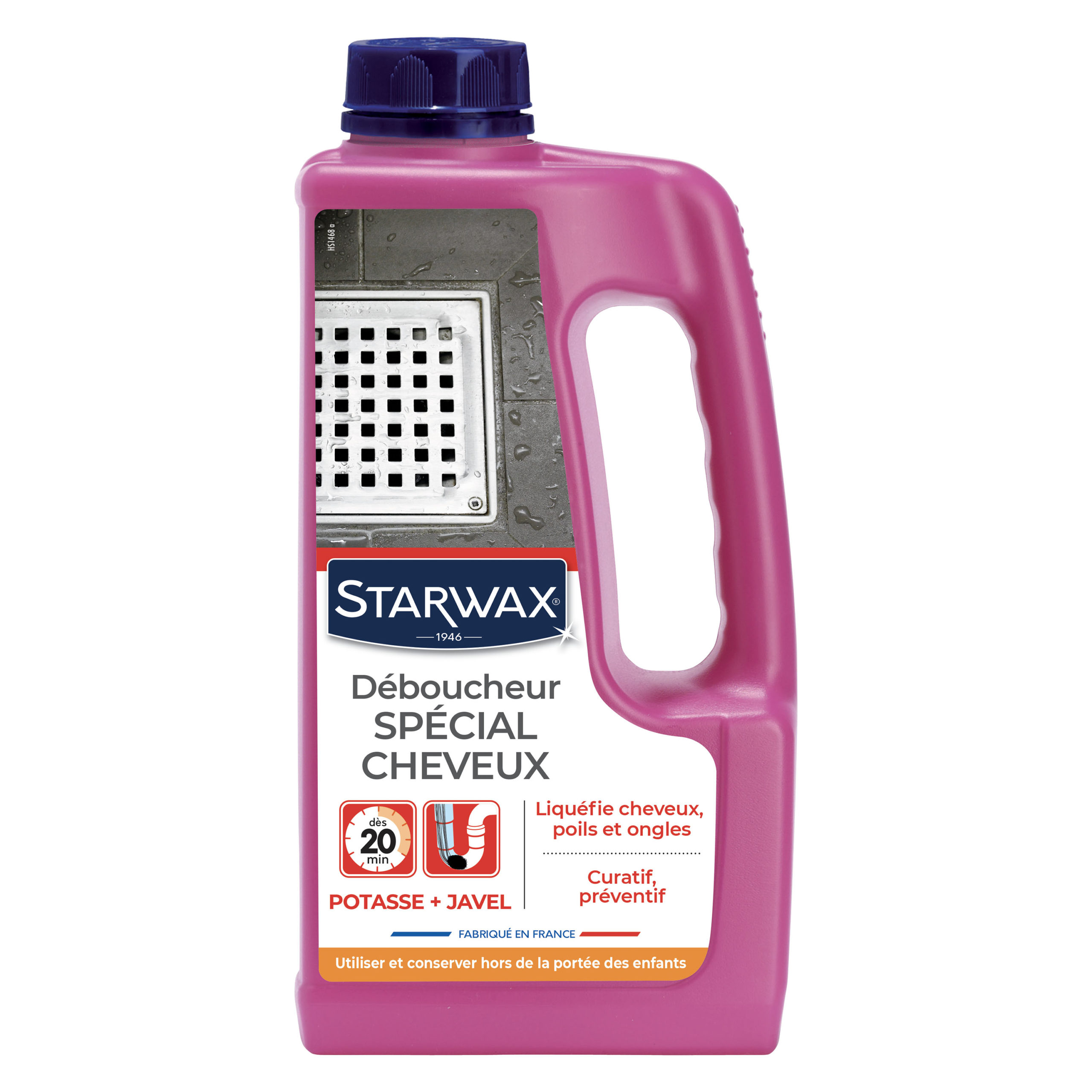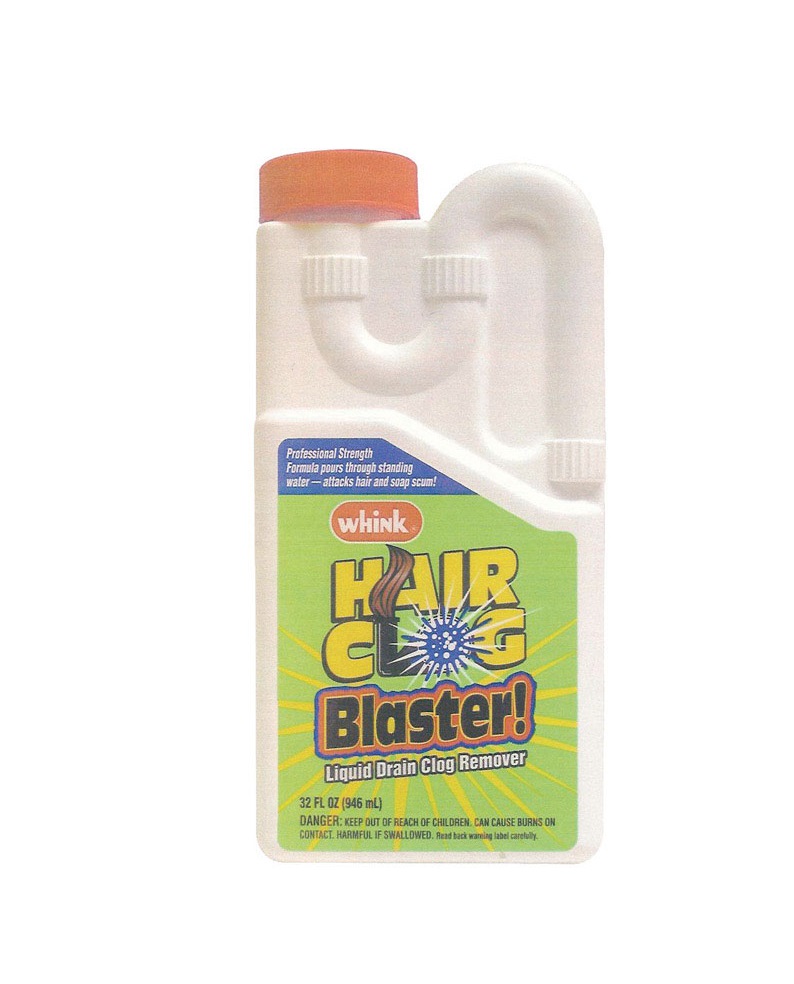Table Of Content

Be as direct as you can with your stylist — not just about what you want to change (or keep) — but about your hair routine. If you often throw your hair up in a messy bun because you don’t have the time to deal with it, tell the stylist that so they can create a cut that’s easy to manage. So, now that you’re clued into how often you should trim your hair according to your hair texture, the next question is how much should you cut? Campos says this will depend on your hair’s texture, length, and how long it’s been since your last trim. When it's hot outside, the last thing you want is heavy hair sticking to your neck.
Wavy Hair: Wet Look
She also pointed out that the haircut was highly stylized, meaning it required much more work than I’d want to put in everyday. “Using the right products for your hair can make all the difference,” Campos says, which is why she recommends opting for ones that target your hair’s specific needs. For instance, if you have a lot of split ends, use a split end serum to help mend them. Sweaty layers that reach your forehead can get annoying during an outdoor run or a SoulCycle session.
Iconic Lob Haircuts for Every Face Shape
But personal feelings aside, it's important to get regularly scheduled trims for the sake of your hair's health. While your length goals are holding you back from the scissors, a quick snip could play to your benefit. If in the middle of a haircut you notice something looks amiss, feel free to ask questions about it, but don’t panic. ” It’s a question possibly every single salon-going woman has asked herself (and all her friends). Honestly, it depends on the style you’re going for and how much of a commitment you’re ready to make (bangs are a pain to grow out). If you’re on the fence but want to flirt with the idea of bangs, go for a long bang.
When to trim based on length…
Woman Requests Very Specific Haircut, Can't Believe What She Gets - Newsweek
Woman Requests Very Specific Haircut, Can't Believe What She Gets.
Posted: Thu, 28 Mar 2024 07:00:00 GMT [source]
“I know a lot of women don’t want to cut off all the damage at once. “It’s unlikely [that you can] repair damaged hair,” adds T Cooper. Just keep in mind that the average person’s hair grows about one to two inches a month, so frequent trims can help keep your style looking fresh. “If you are growing out your hair, a haircut every two to three months is OK if you aren’t putting a lot of heat on your hair," celebrity hairstylist Sunnie Brook added. If you color, highlight, perm or chemically straighten your hair on a regular basis, you might notice that your hair needs trimming more frequently.
*This* Is How Often You Should Trim Your Hair, According to Your Texture
Although some of the stickiness that will ensue is inevitable, you can try a few products to help you style and prep better for your workout. "Try experimenting with colorful bobby pins or double up on cute skinny headbands," Peverini suggests. "Straighter hair can grow out really shabby looking." Try getting it cut every month or two, particularly if your hair is both fine and straight. The absolute maximum amount of time that he would wait for a hair cut? "After a certain amount of time, no matter how well you treat your hair, your very tips tend to get [frayed]," says Philip B.
More in Advice
The telltale signs of these conditions are chronic inflammation of the scalp and the scarring of hair follicles, which can result in irreversible hair loss, Agbai notes. The how should I cut my hair quiz is going to analyze several variables about your life and who you are as a person to determine if you should cut your hair or not. The examination will examine details about your current lifestyle, hairstyle, personal preferences, your past, and much more. Signs you need a cut, according to De León, include the hair looking limp, hair not holding any style, hair tangling easily, or hair having severe damage.
Once the compliments stop flowing in, it may be time to revisit your current style. Diamond shapes can show off their high cheekbones with short-cropped hair or keep it long with face-framing layers. Bangs that hit around the cheekbone also accentuate this shape. While it's definitely fun to change things up and go for the unexpected, there's something to be said for a classic, flattering cut. Think of it as your home base—the style you can return to time and time again.
Craft or kitchen scissors simply will not work for this type of DIY project. Also a powerful flatiron, alligator clips, and a comb (wide tooth for curly hair, fine-tooth for straight hair). Each face shape has a short haircut that flatters it the most. Do some research to discover your face shape and which cuts are recommended for you.
If you're a little overwhelmed by everything we've outlined above, a) remember, there are no rules, and b) there are a few haircuts that come as close to universally flattering as possible. Oval face shapes can wear almost any style, but according to Papanikolas, the most flattering tend to be long layers, shoulder-length waves, full fringe, a layered bob, or a side-swept pixie. Pollack is partial to a strong, square bob, which brings focus to your balanced jawline. Something as simple as swapping out your towel can greatly improve your hair’s look and feel. Instead of a classic terry cloth towel, opt for an ultra-soft microfiber towel, like the Aquis Flip Hair-Drying Tool ($50), which is less likely to snag your strands and cause breakage. Whatever you do, though, don’t assume that a trim will take less time than a cut—or that it will cost drastically less.
You can probably guess the answer by now, but no, you shouldn’t trim your own bangs either. Bangs are tricky enough to get right already; you don’t want to risk messing them up. If you do, you could be left with lopsided bangs for months and months until they grow out.
"This is a point-cutting technique that gives a more diffused finish on the ends." Basically, it's an insurance policy against uneven strands, which stand out far more when hair is cut bluntly across. Sometimes, you just can't make it to a salon chair for one reason or another, or maybe you're just unwavering in your dedication to learning how to cut your own hair. Whatever the story is, if you're going to reach for the shears anyway, you might as well let us guide you.
Rihanna embraces her natural hair– which sits just above her shoulders– by rocking the wet look. An easy to achieve style, we recommend applying Color Wow Dream Coat For Curly Hair ($24) to damp hair then blow-dry with a diffuser attachment. Rubenstein says that investing in a solid wash day routine will come in handy, too. "The right shampoo and conditioner is so important and has such an impact on how the hair behaves, especially for those who do less blow-drying and styling," Rubenstein says. "I’m loving R+Co BLEU De Luxe Reparative Shampoo ($59) and Conditioner ($59) for thicker hair. It’s so nourishing and moisturizing, not a hint of frizz." Baldness is often hereditary, and is activated by a shift in your hormones.

You can usually find her sorting through piles of beauty products — and testing the best ones on camera. To maintain a short pixie style, Kaye uses clippers, shears and lots of clips (and patience) on her semi-relaxed hair. Parting hair evenly, clipping hair back tightly and carefully combing through hair is crucial for this precise cut. When snipping off the ends, cut into the hair vertically (also known as point cutting), not horizontally where you would get a chunkier, blunt line.
Post-Break-Up Haircut - Stories & Pictures - Refinery29 Australia
Post-Break-Up Haircut - Stories & Pictures.
Posted: Fri, 07 Jul 2023 07:00:00 GMT [source]
“This helps get the dead ends off so the hair can begin to curl up into its natural texture,” she says. Cutler adds that the most critical thing is to watch out for dryness, and recommends a moisturising shampoo and conditioner (like the Redken All Soft Mega Curls Shampoo and Conditioner) to use in between appointments. Cutler adds that the most critical thing is to watch for dryness, and recommends a moisturizing shampoo and conditioner (like the Redken All Soft Mega Curls Shampoo and Conditioner) to use in between appointments. Ultimately, the debate of trimming and cutting is a bit of a linguistics game—both involve removing ends to enhance body and overall hair health.
If you’re someone who air dries their hair, you may find that your strands stay smooth and unmarred by breakage for weeks on end. If, however, you blowout or straighten your hair every single day of the week, you’ll likely notice that your tresses become frizz-prone as the weeks go on between cuts. This is because heat processing can lead to breakage, and breakage means flyaways and frizz. Between hair cuts, Kim suggests following good hair-care routine, such as regular shampooing and conditioning with products suitable for your hair type. “If your hair is damaged or chemically treated, such as with coloring, blonding, or straightening treatments, it’s beneficial to trim more frequently,” Kim says, advising every six to eight weeks for a touch-up. Aguirre agrees, noting that a regular trim can help improve the overall health of your hair and keep damage, breakage, and split ends at bay.
Assuming that you have taken the quiz and gotten a definite answer to the question, should I cut my hair or not sit down and reflect on those answers. Ultimately, even though the quiz might or might not tell you to do one thing or another, it is up to you what you do. Use the examination to assist you in making a final decision. After all, the hair is on your head, and only you have to live with it. Jessica (she/her) is a deputy editor at the Good Housekeeping Institute and a longtime product tester, reviewer, writer and editor of beauty and lifestyle content.













